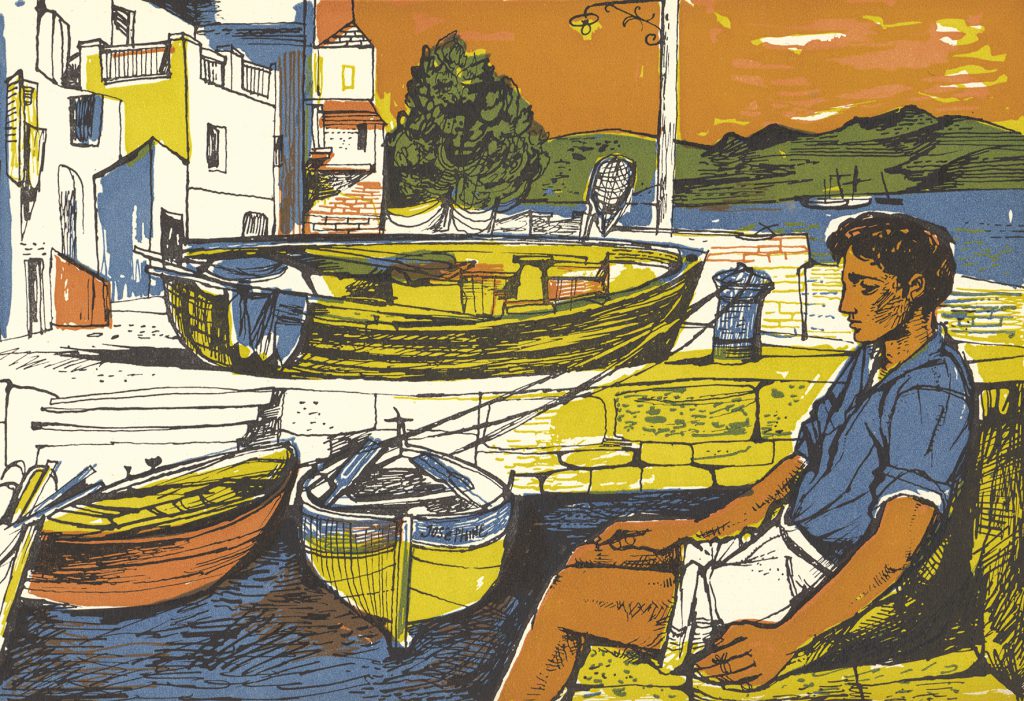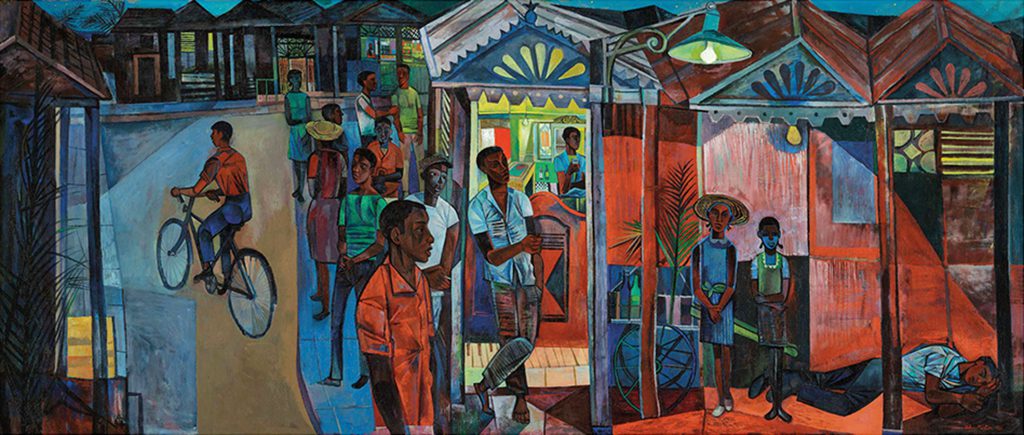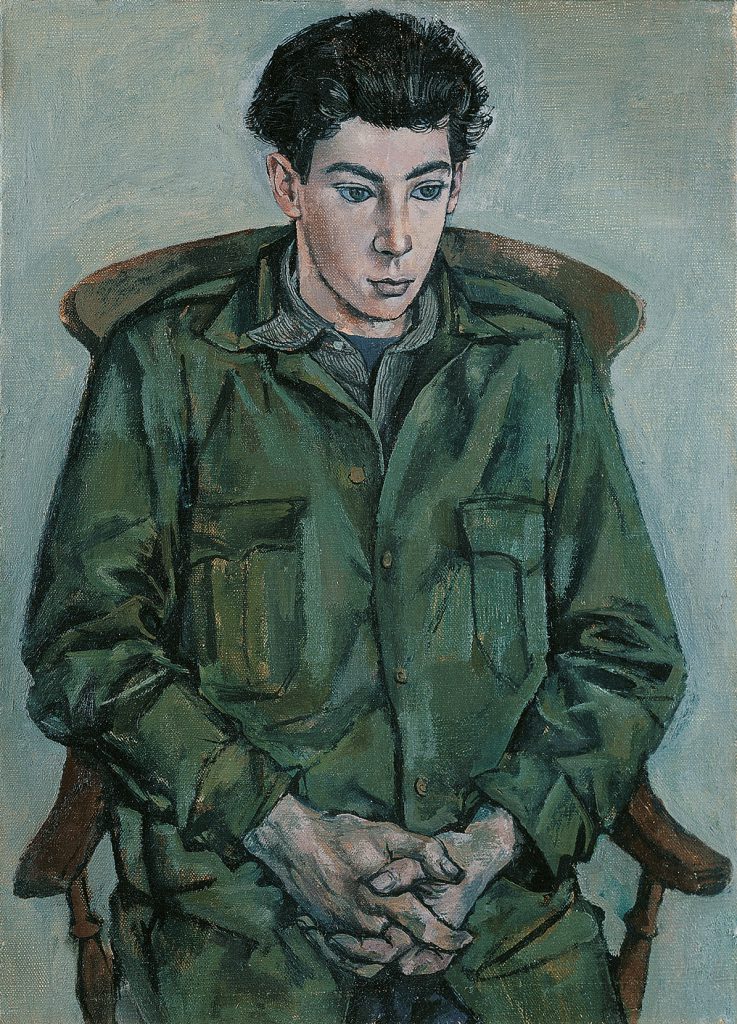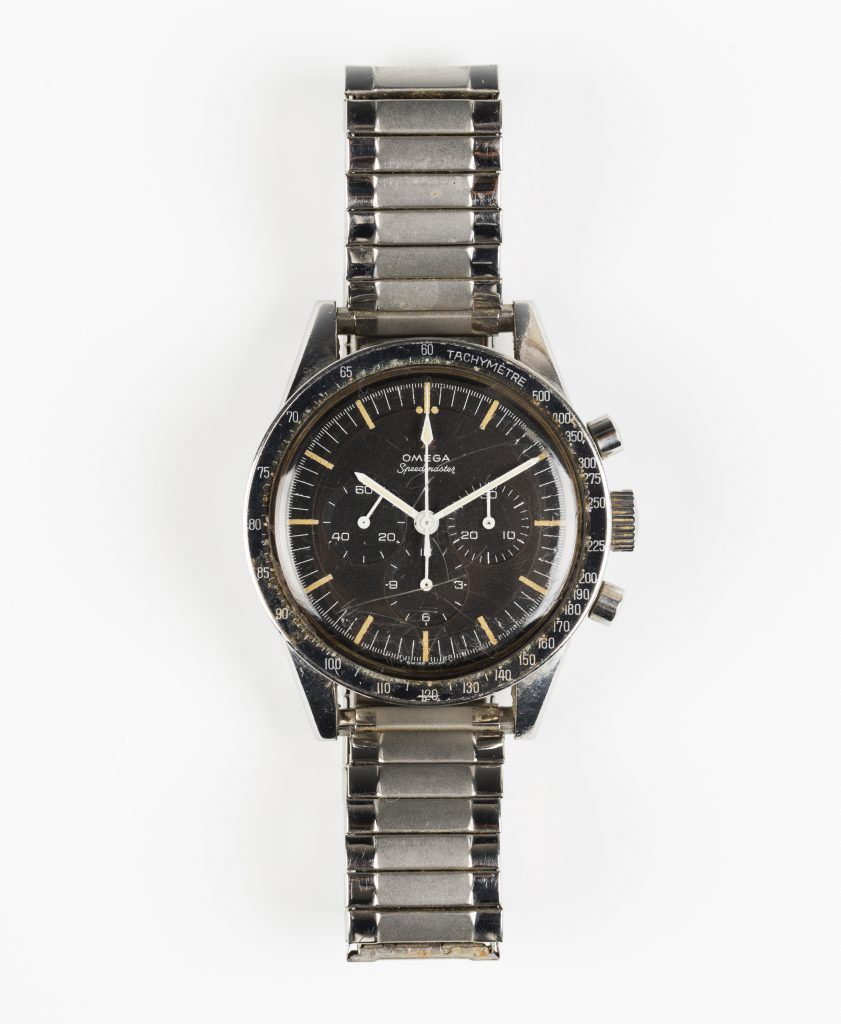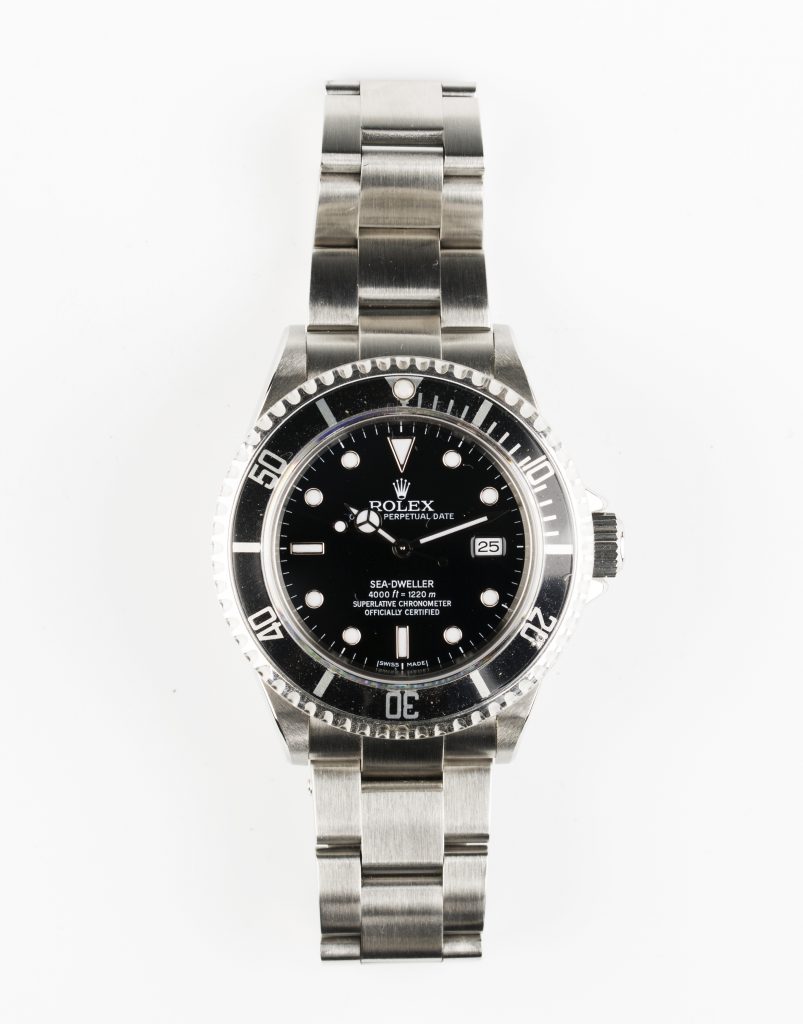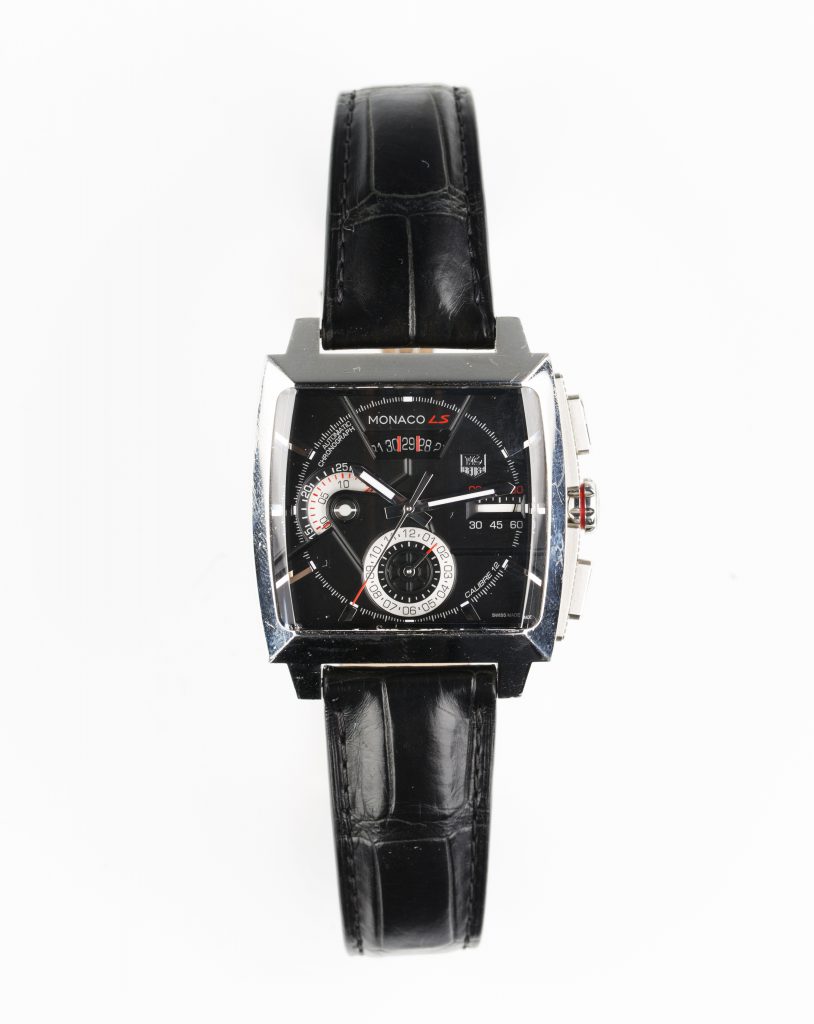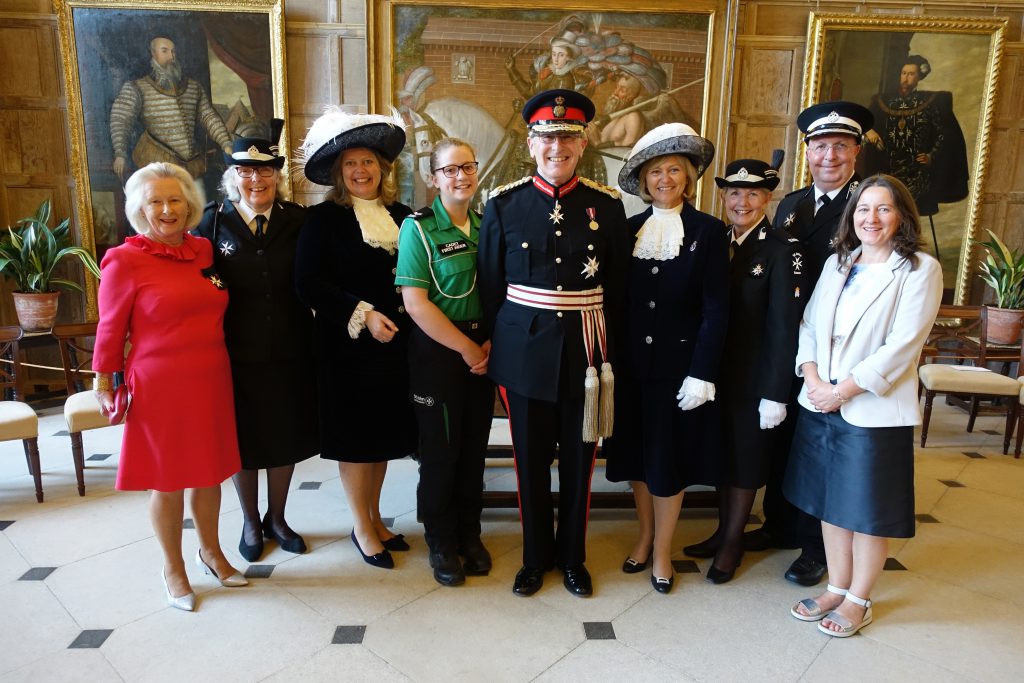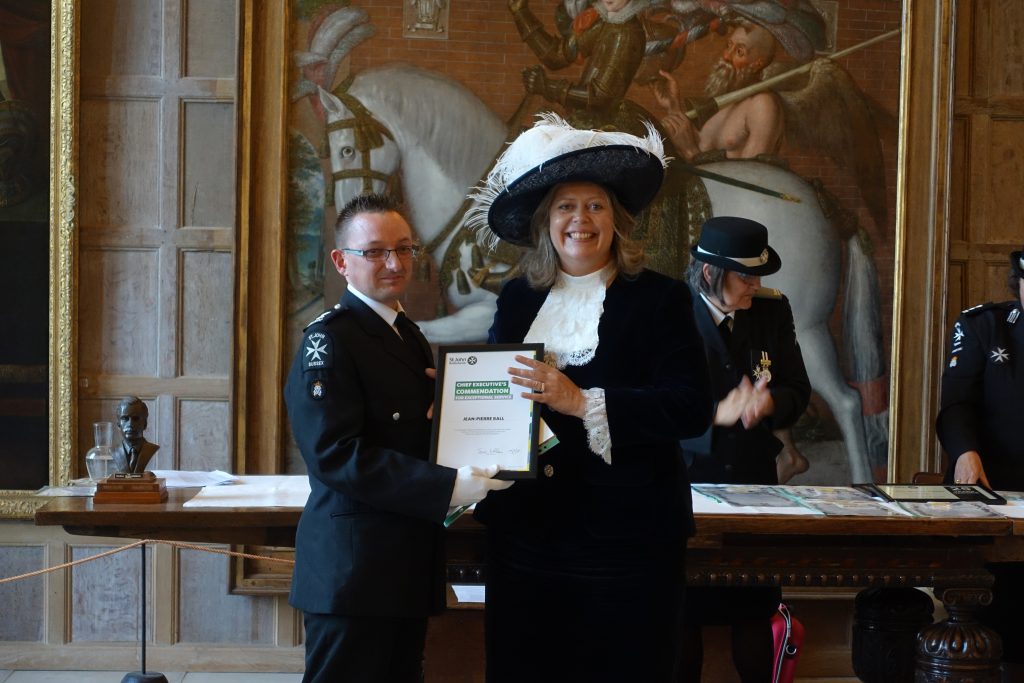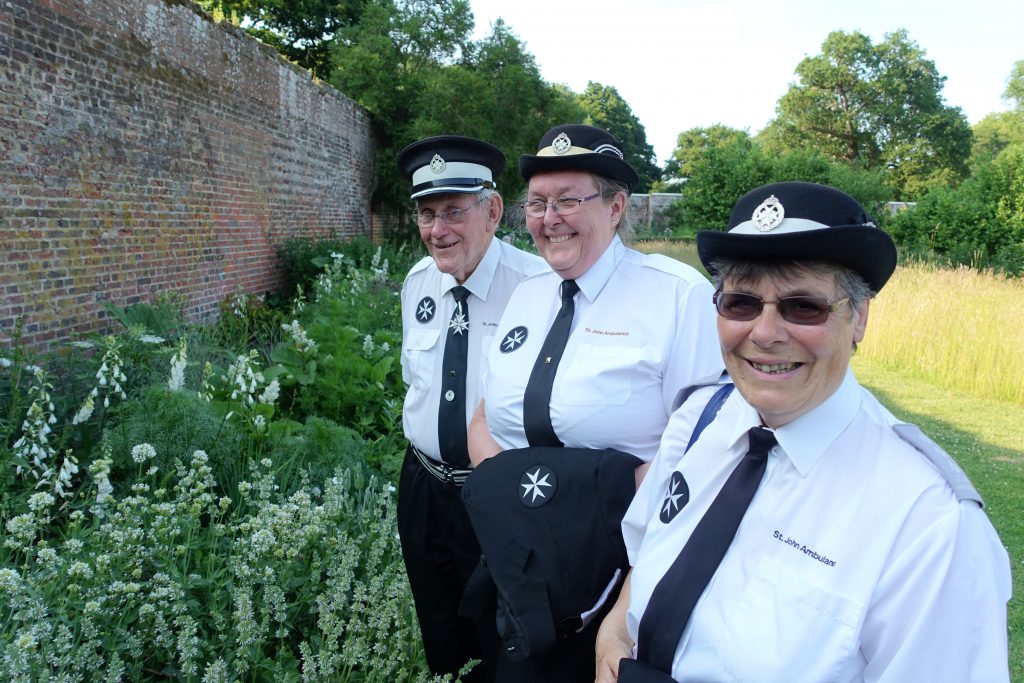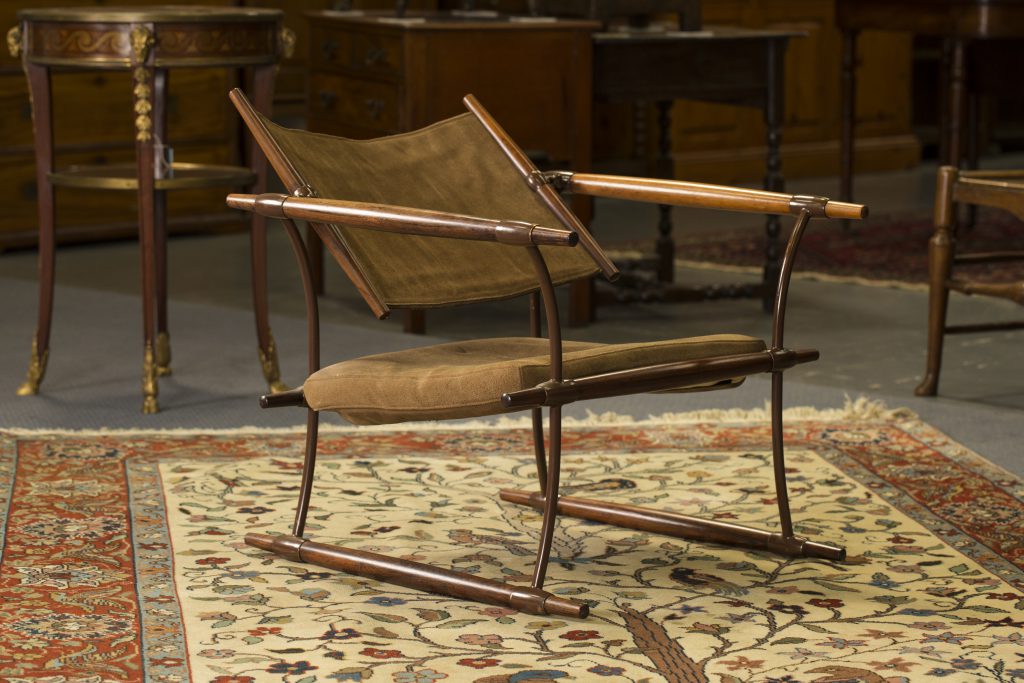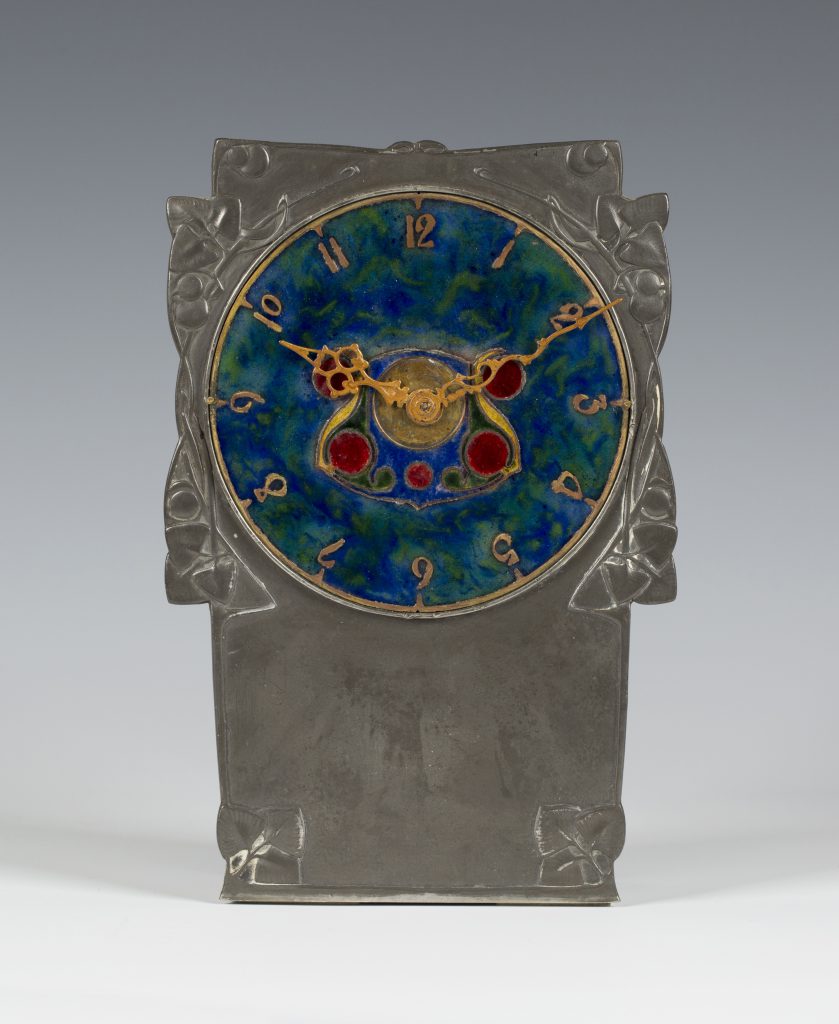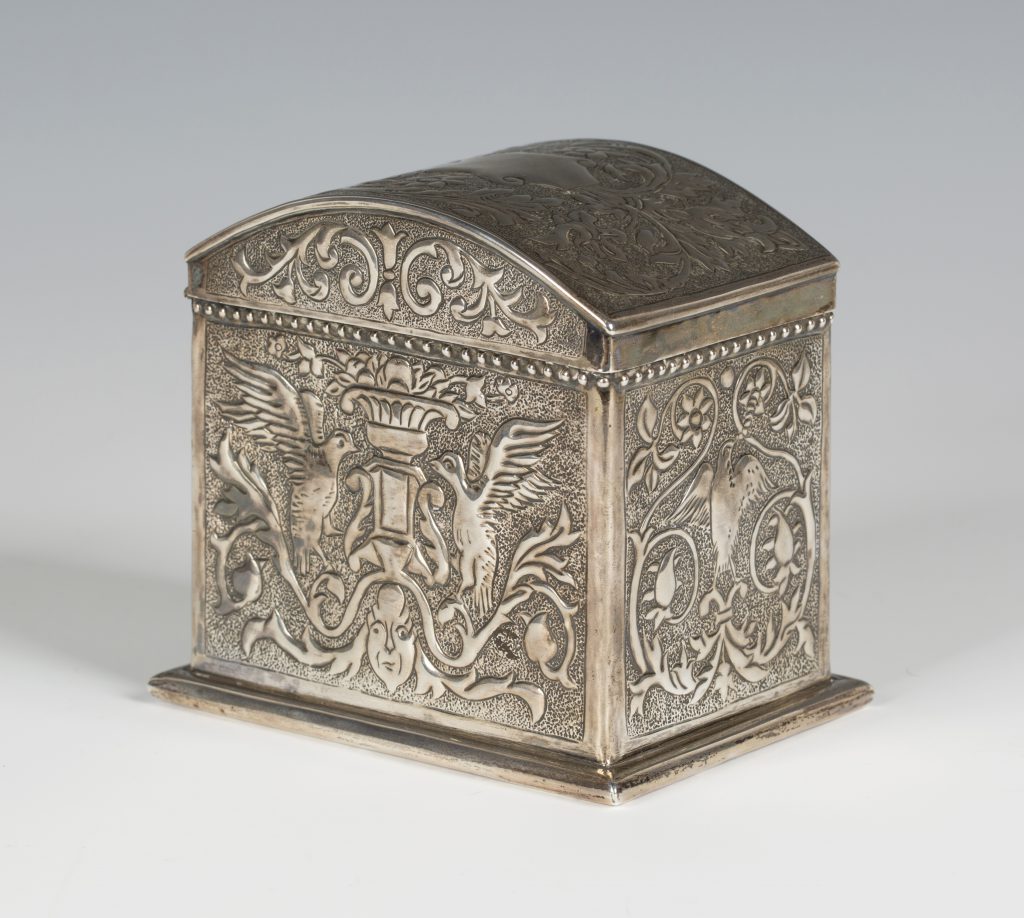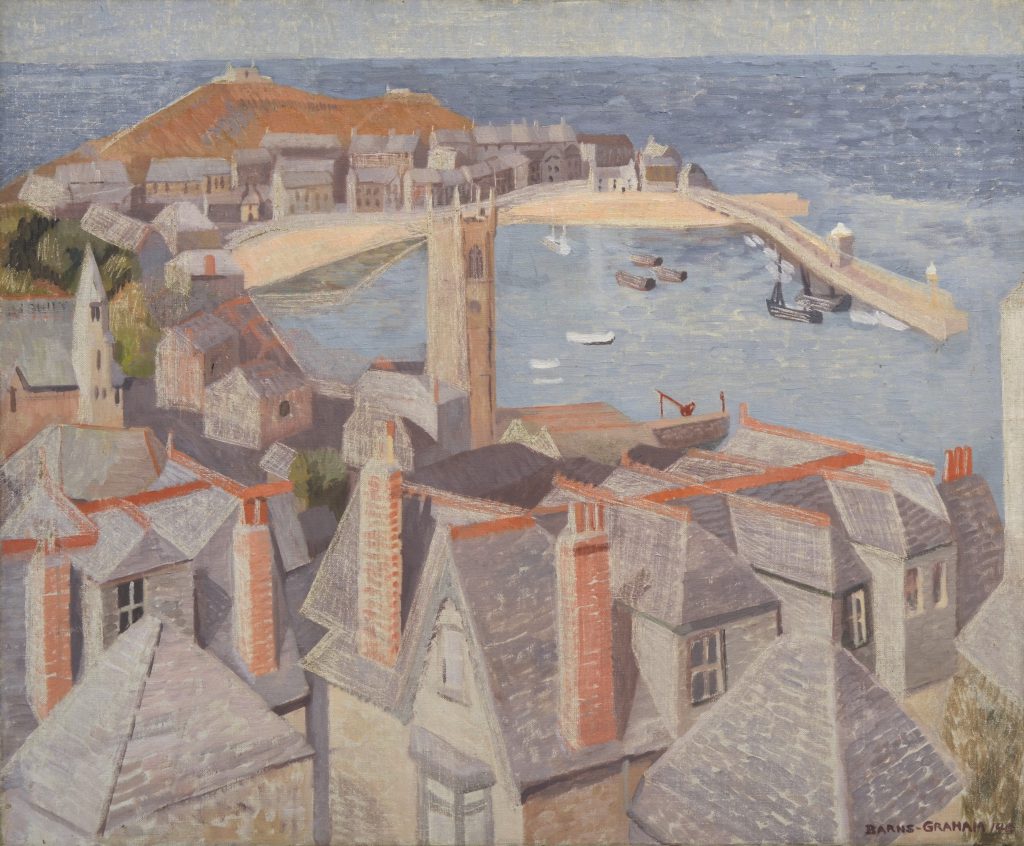
Chichester University’s summer exhibition, Coastal Connections, offers an exciting view of printmakers’ and painters’ interaction with the British coast. There is a particular emphasis on work from the artists’ colony of St Ives, Cornwall.
The show has once again been curated by Professor Gill Clarke. Art from the University’s Bishop Otter Collection is complimented by works loaned from private collections, the Barns-Graham Charitable Trust and the Swindon Museum and Art Gallery.
The exhibition is imaginatively hung so that the relationships between these artists and their works can be discovered by the viewer. The juxtaposition of representational and abstract images allows a glimpse of the breadth of art which would have been found in St Ives just before and after the Second World War.
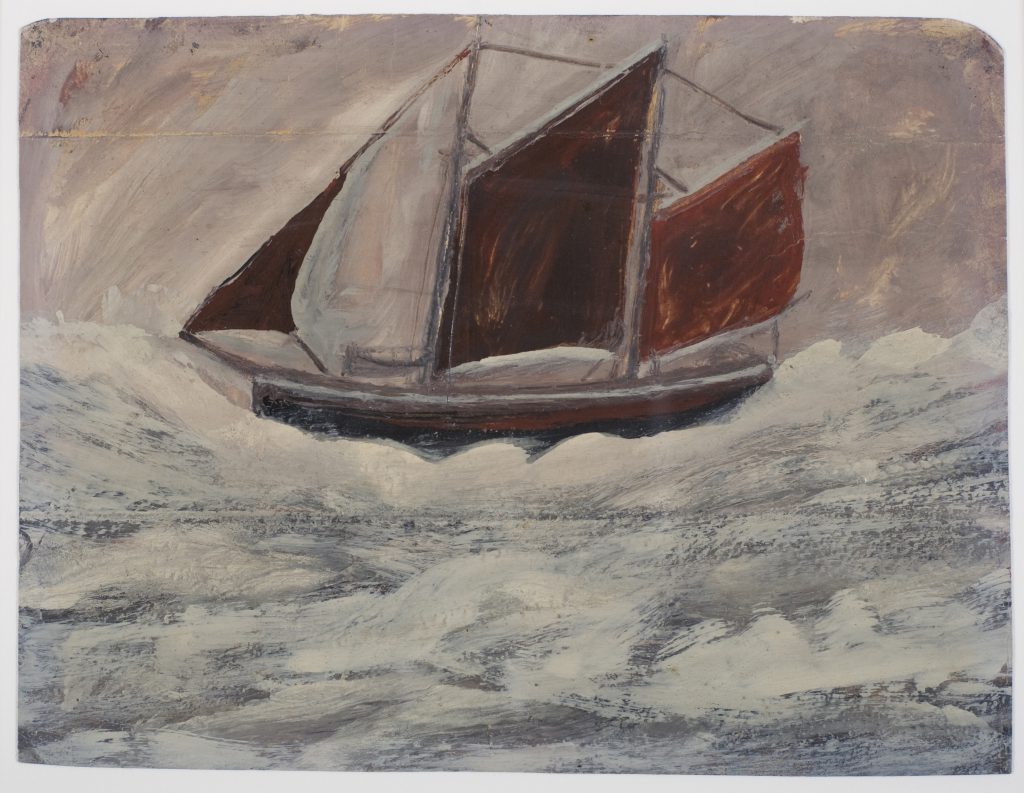
The first picture to catch my eye is View of St Ives by the Scottish artist Wilhelmina Barns-Graham. She moved to St Ives in 1940. Her early St Ives landscapes are painted in soft colours reminiscent of the self-taught painter and former fisherman, Alfred Wallis’ palette. There is a freedom in the way that the cottages, church, boats and quay interact with the shimmering sea and Cornish light. Barns-Graham also worked in the abstract and was introduced to the circle of modern artists, which included Ben Nicholson, Barbara Hepworth and Naum Gabo, by her friend and fellow artist, Margaret Mellis.
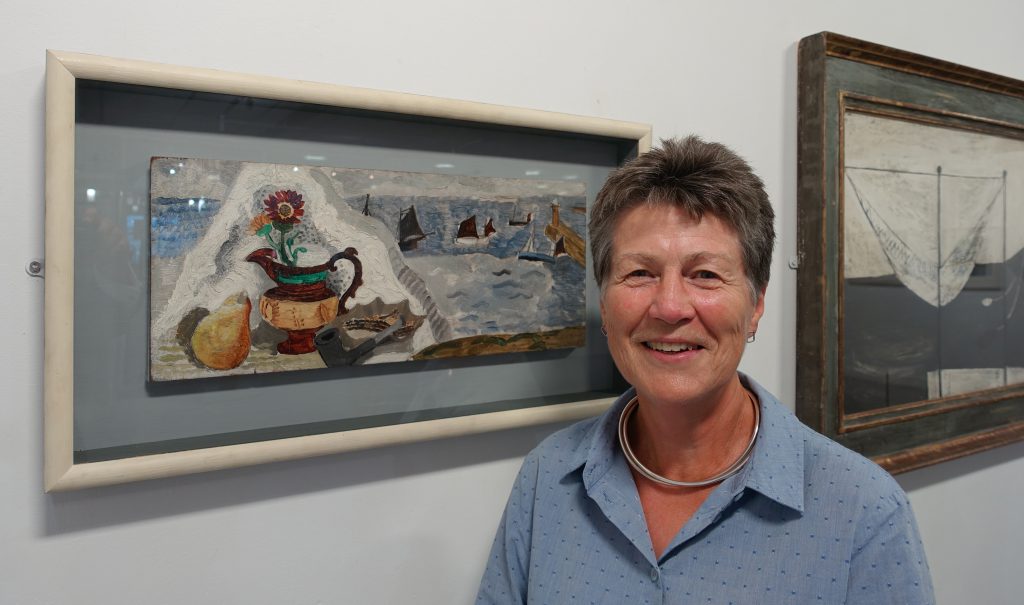
Christopher Wood has been described as a sophisticated primitive. In the summer of 1928 he returned to St Ives with the artist Ben Nicholson. He too discovered the work of Alfred Wallis. Wood took on Wallis’ iconography depicting the Atlantic fishing industry and coast. Wood’s brushwork appears intuitive and spontaneous. Wallis’ influence is particularly apparent in ‘Still Life with Boats’. Painted in 1930, the sea is depicted as swirling bands of light greys and charcoals with boats in the distance which contrast with the intensity of colour in the pear, jug, flower and pipe. The painting brings together the naïve style which Wood had developed in Paris and a playful lyricism which imparts his sense of new-found freedom at that time.
Amongst the highlights of the exhibition are a number of significant works including a view of a Cornish harbour by William Scott painted in 1930.

Paul Feiler’s 1950s jewel-like abstract titled ‘Boats and Sea’ excites our senses. The light glistens in this landscape as Feiler is compelled to articulate afresh the Atlantic coast which inspired him and reflect on his place in the natural world. Its heavy blocks of colours is characteristic of his work in the 1950s.
It is exciting to see Chichester University engaging with its wonderful Bishop Otter Collection of art in an increasingly assured way reflecting this academic institution’s growing reputation and confidence. Gill Clarke is once again deserving of our thanks for this joyful and evocative exhibition. Coastal Connections runs at Chichester University until 8th October 2017 and entry is free – a summer holiday must see!
For more information go to www.chi.ac.uk/about-us/otter-gallery/current-exhibitions.
By Rupert Toovey, a senior director of Toovey’s, the leading fine art auction house in West Sussex, based on the A24 at Washington. Originally published in the West Sussex Gazette.
